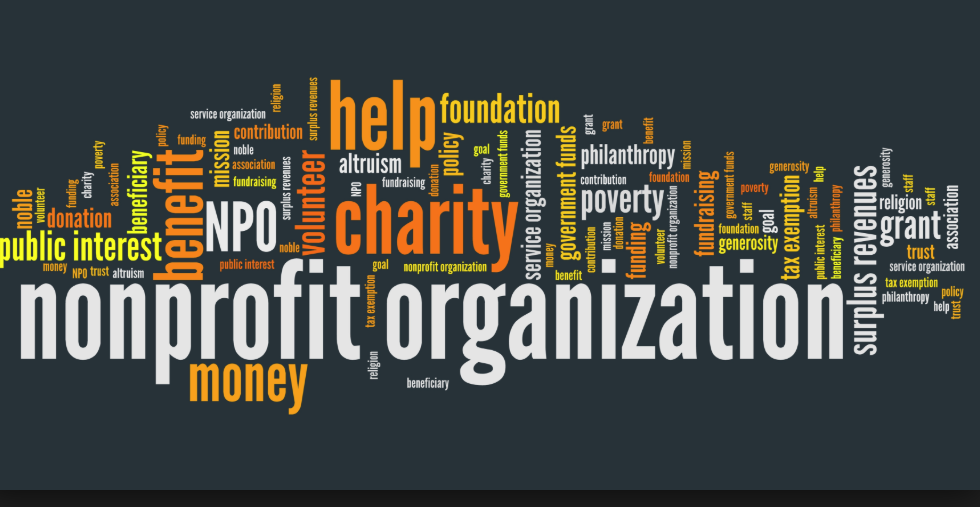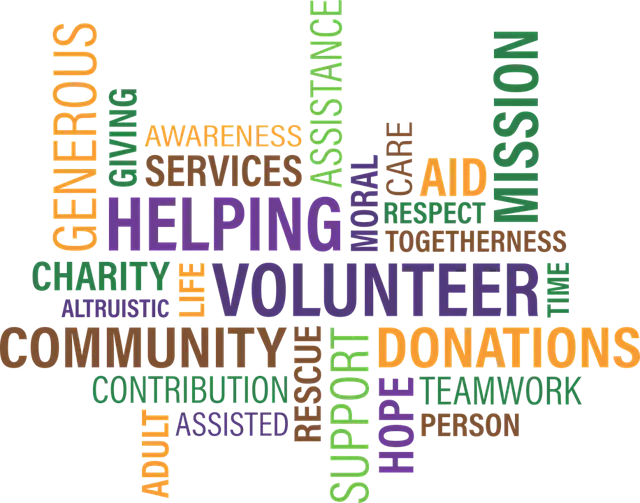The Significance of Cooperation and Partnership for a Nonprofit Agency in Maximizing Resources and Enhancing Community Involvement
In the realm of nonprofit companies, cooperation and collaboration emerge as essential systems for promoting and magnifying resources area interaction. By strategically engaging with other companies, nonprofits can utilize shared expertise and financial backing, thereby addressing complex social challenges much more adeptly. Moreover, these partnerships not just boost program effectiveness yet additionally cultivate a deeper feeling of community participation and ownership. Yet, the real capacity of these collective efforts typically remains untapped, elevating questions regarding how ideal to browse collaborations for ideal effect and sustained success. What factors contribute to the effectiveness of these cooperations?
Benefits of Collaboration

Moreover, collaboration fosters innovation by urging the exchange of concepts and ideal methods. When organizations collaborate, they can explore varied perspectives, causing creative options that may not arise in seclusion. This common analytic technique can ultimately boost solution shipment and program end results.
Furthermore, collaborative initiatives can boost community involvement. When nonprofits partner with one another, they can mobilize broader assistance from stakeholders, consisting of volunteers, donors, and community participants. This collective interaction not just enhances visibility however likewise reinforces the credibility of the participating organizations.
Structure Strategic Partnerships
Collaboration among not-for-profit agencies frequently results in the formation of tactical partnerships, which are essential for making best use of impact and attaining shared goals. These partnerships make it possible for organizations to take advantage of each other's staminas, enhancing service distribution and increasing outreach. By straightening goals and purposes, nonprofits can develop a synergistic result that intensifies their reach and effectiveness within the community.
Building calculated partnerships calls for cautious planning and mutual understanding. Organizations needs to first determine prospective partners that share comparable values and goals, guaranteeing compatibility in goal and vision. Developing open lines of communication fosters depend on, permitting partners to review assumptions, obligations, and sources transparently. Regular conferences and collaborative campaigns can help preserve momentum and address challenges proactively.
Furthermore, clearly specified duties and roles are important for liability and success. Defining the partnership with composed agreements can provide a structure for cooperation, outlining the range of job, performance metrics, and evaluation methods. By fostering these calculated alliances, nonprofit firms can enhance their capacity to address area demands, innovate services, and mobilize resources successfully, inevitably leading to an extra sustainable and considerable influence in the neighborhoods they serve.
Sharing Resources Properly
Exactly how can not-for-profit firms optimize their impact through effective resource sharing? By strategically collaborating with various other companies, nonprofits can improve their operational effectiveness and expand their reach within the area. Resource sharing includes pooling different properties, including funds, employees, expertise, and centers, to deal with usual goals better.

Additionally, leveraging each various other's staminas can foster development. By trading knowledge and ideal techniques, agencies can improve solution distribution and develop new solutions to area challenges. Reliable resource sharing likewise grows a feeling of unity, enhancing the concept that cooperation is essential for attaining considerable social influence.
Engaging the Area
What methods can not-for-profit firms utilize to efficiently engage their neighborhoods? Using numerous platforms, such as social media, newsletters, and neighborhood discussion forums, permits agencies browse around here to distribute information, obtain comments, and foster discussion.
Furthermore, forming partnerships with regional companies can boost see this outreach initiatives. nonprofit agency. Collaborating with institutions, organizations, and various other nonprofits can enhance sources and produce a much more comprehensive support network, enabling joint campaigns that resonate with community demands
In addition, holding community events, workshops, and volunteer possibilities can facilitate deeper involvement. These activities develop a sense of belonging and motivate energetic involvement, allowing individuals to add to the agency's objectives while building partnerships with fellow area members.
Gauging Collaborative Success
Examining the efficiency of joint efforts is vital for nonprofit companies looking for to maximize their effect. Gauging joint success includes developing clear, measurable goals and making use of a variety of metrics to analyze efficiency. Key signs might include the number of partnerships created, sources shared, and the concrete outcomes accomplished with collaboration.
To properly determine success, nonprofits ought to apply a framework that includes both qualitative and measurable data. Meetings and surveys can give insights right into stakeholder fulfillment and the perceived worth of collaborations. In addition, tracking metrics such as solution reach, neighborhood involvement levels, and economic efficiency can supply a comprehensive view of joint efficiency.
Routine assessments should be conducted to determine areas of improvement and ideal practices. This iterative process not just enhances liability however additionally fosters a culture of continuous knowing within the company - nonprofit agency. By transparently sharing analysis results with partners and stakeholders, nonprofits can build and reinforce partnerships trust fund
Inevitably, determining joint success makes it possible for not-for-profit agencies to fine-tune their techniques, designate resources a lot more successfully, and bolster their mission-driven efforts, causing a greater collective influence on the areas they offer.
Conclusion

In the realm of not-for-profit agencies, partnership and partnership arise as essential systems for magnifying resources and fostering community engagement - nonprofit agency. By promoting these strategic alliances, not-for-profit agencies can improve their capability to attend to area demands, innovate remedies, and activate resources efficiently, ultimately leading to a much more sustainable and significant influence in the neighborhoods they offer
By purposefully collaborating with other organizations, nonprofits can boost their functional efficiency and prolong their reach within the neighborhood.What methods can not-for-profit agencies utilize to effectively engage their areas?Collaboration and collaboration stand as essential columns for not-for-profit firms aiming to optimize resources and boost neighborhood interaction.